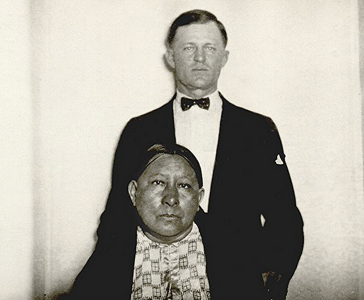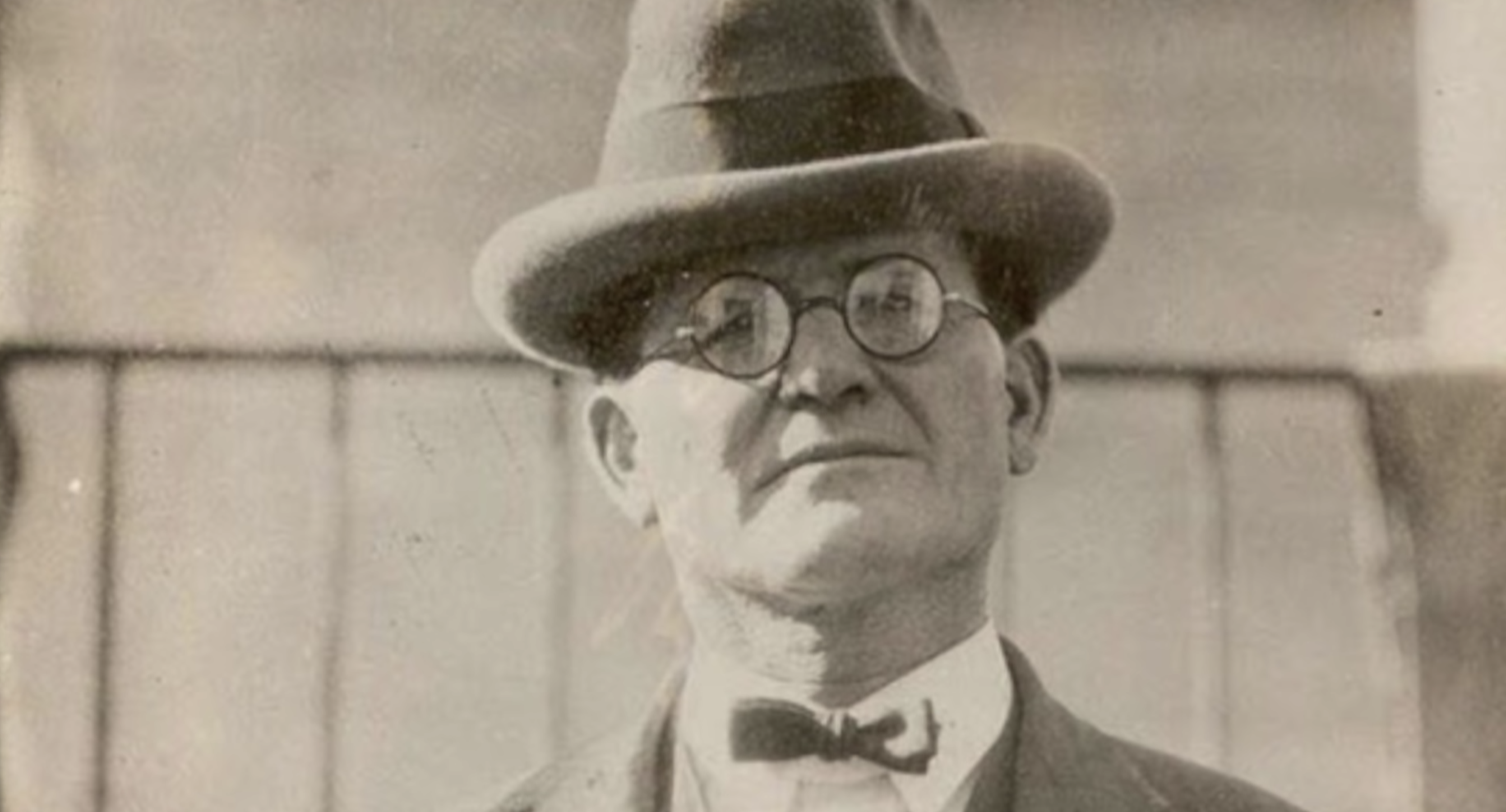On or about 11.5.19 I chatted with Leonardo Dicaprio at a San Vicente Bungalows party. He was particularly excited about Killers of The Flower Moon, describing it as a kind of “birth of the modern FBI” story. The basic line, he said, focused on former Texas Ranger Tom White (whom Leo was intending to play at the time) being ordered by top G-man J. Edgar Hoover to take over the Osage murders case and make sure the bad guys pay the price.
Eventually DiCaprio decided to play one of the killers, Ernest Burkhart, with Jesse Plemons stepping into the White role.
Given Leo’s summary, one could have been forgiven for presuming that Martin Scorsese‘s film, which didn’t begin shooting until April ’21, would be a “white FBI guys bring justice to Oklahoma” movie, or something in that general vein. Certainly not as fictitious or fantastical as Alan Parker‘s Mississippi Burning, as Eric Roth‘s screenplay has always been closely based upon David Grann’s scrupulously researched 2017 book. But perhaps with a certain good guys-vs-bad-guys attitude.
But between Scorsese, Grann and Roth, how could Flower Moon possibly have been made with the idea of delivering an Oklahoma version of Parker’s 1988 thriller, which ignored many facts about the 1964 murder of three Civil Rights workers and reduced the African-American characters to people who grieved, cowered and sung hymns?
But then, three months ago, along came Flower Moon costar Lily Gladstone, who, in a Variety interview with Zack Sharf, seemed to suggest that Scorsese had, up to a point, made a film that hadn’t, in fact, sufficiently considered the Osage native point of view of the killings and the investigation of same.
Gladstone said that Scorsese “worked closely with the real-life Osage Nation to ensure his movie would properly represent the community. The result was that “the Osage Nation ended up positively changing Flower Moon from what Scorsese [had] originally planned.”
Which was what? Missisippi Burning 2 or some facsimile thereof, as Eddie Ginley joked yesterday in a thread?
“The work is better when you let the world inform the work,” Gladstone explained to Sharf. “That was very refreshing how involved the production got with the [Osage Nation] community. As the community warmed up to our presence, the more the community got involved with the film.
“It’s a different movie than the one [Scorsese] walked in to make, almost entirely because of what the community had to say about how it was being made and what was being portrayed.”
Glenn Kenny: “That’s Gladstone’s perspective, shaped through that of Sharf, and in any event has nothing to do with reshoots. Scorsese and company were getting Osage input from well before the cameras started rolling.
“Look, man, I know how precious the ‘Native Americans strong-armed Scorsese into going woke’ narrative is to you, and I know you’re gonna stick with it through thick and thin, but just don’t pretend too much insider knowledge here.”
HE response: “So Gladstone misstated Scorsese’s creative strategy (i.e., before the alleged Osage Nation re-think) in order to celebrate the Osage Nation’s strength as a culture and to emphasize that their perspective on the 1920s murders was, thank God, crucially included at the 11th hour.
“You’re saying, in other words, that Scorsese had understood the entire Killers equation from the get-go, as had original author David Grann, and that neither of them needed woke tutoring as far as the Osage perspective was concerned.
“Gladstone, in short, was spinning her own impressions last January, and Sharf, a go-along wokester parrot, played along?
“Maybe so.”
Here, by the way, is a snap of the actual Ernest Burkhart and Mollie Burkhart (played by DiCaprio and Gladstone in the film)


